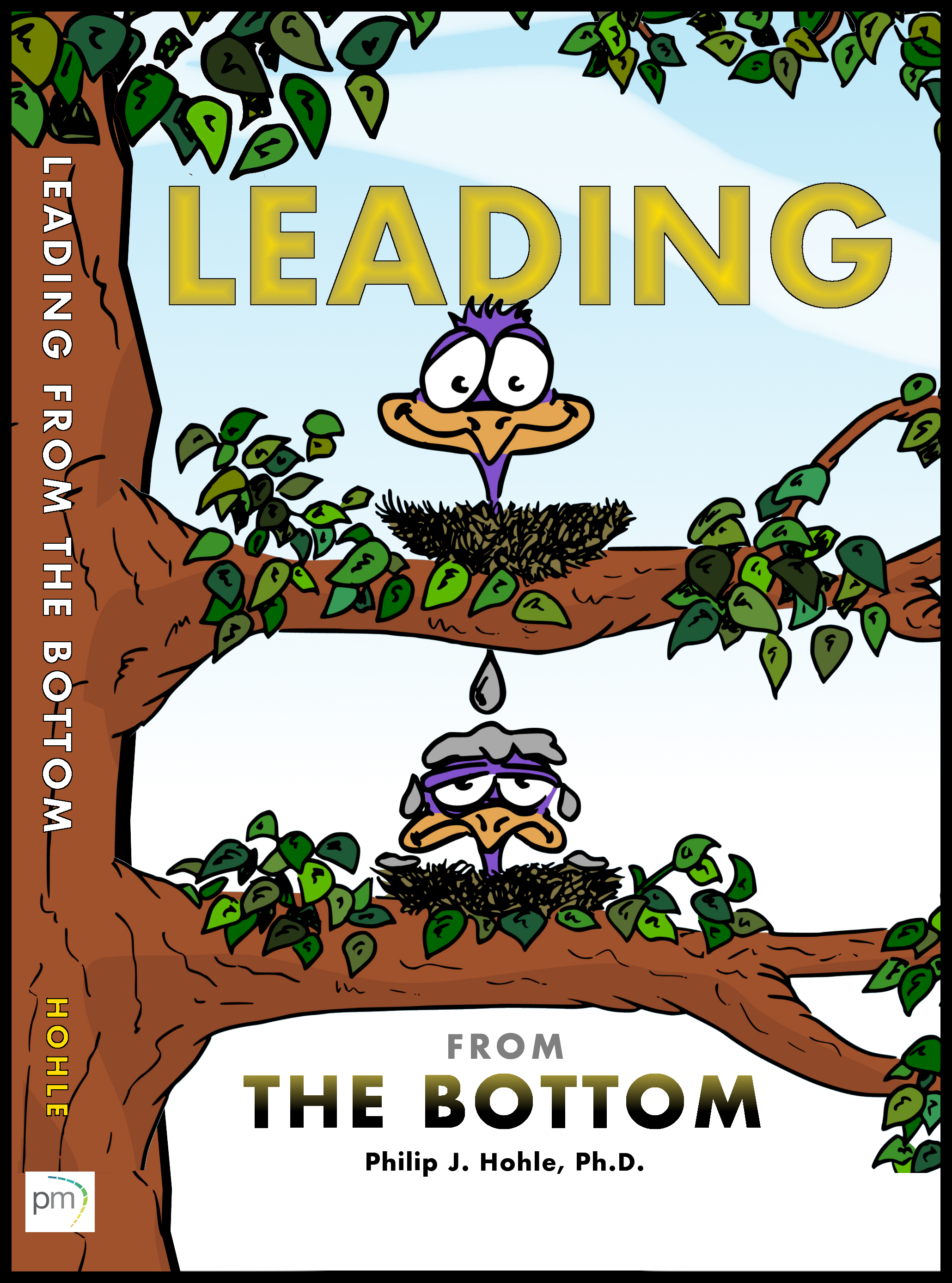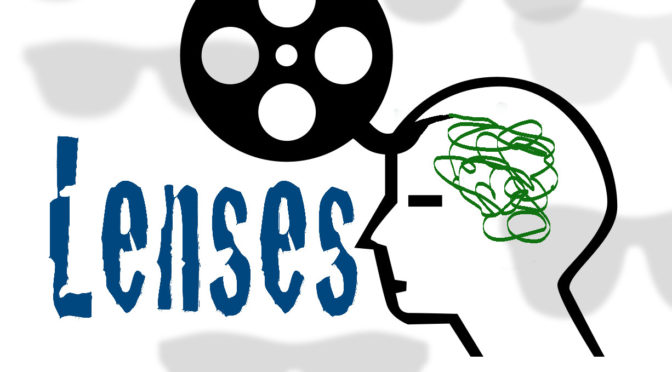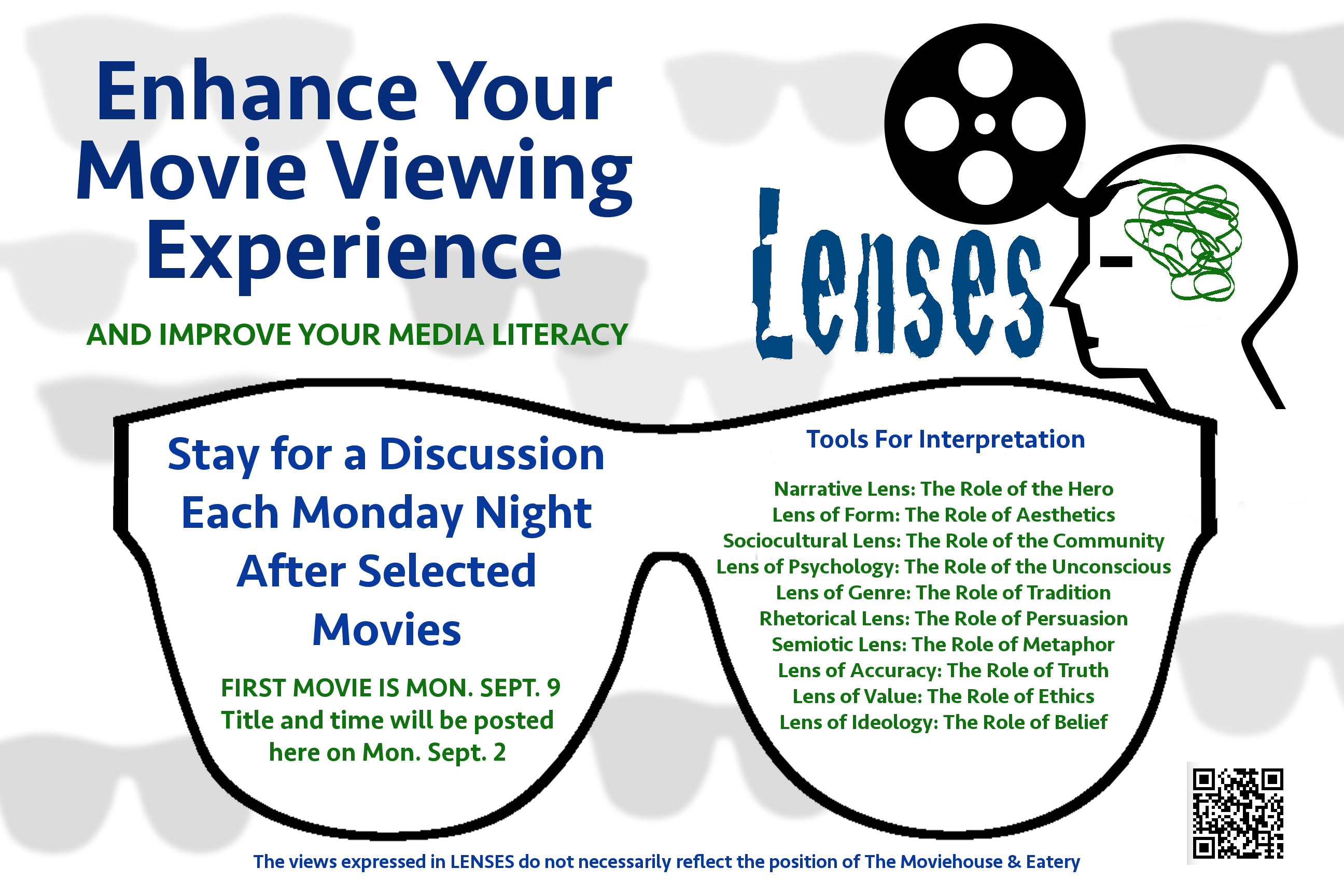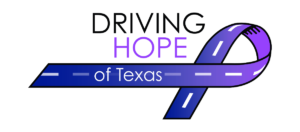
Excerpt from Leading from the Bottom
© 2018 Philip J. Hohle
. . . I had to write this book because it is time to debunk four fundamental myths about organizations and leadership:
1. Leadership does not exist unless the organization bestows it.2. Leadership is contained in the actions of those entitled to lead.
3. The qualities of the leader are more important than the qualities of the follower.
4. The will to lead is stronger than the choice to follow.
In exploring these myths, I hope you will obtain a sense of catharsis and even liberation as you reflect on the relationship you had with those organizations that broke your heart.
Just so we are calibrated from the start, let me assure you this book will not become a self-indulgent exercise in whining or an incessant licking of old wounds. That being said, this book will be a sense-making exercise for anyone who risked their wellbeing in serving an organization and came away less than fulfilled. While that includes pretty much all of us, I wrote this book for those who are somewhat heartbroken from the experience—not because your re?sume? now has an indelible stain, but merely because you loved that organization and you desperately wanted to contribute to the mission and make it better. And you failed—or maybe, the organization failed you.
[Part omitted]
It matters not if you are leading in such an organization now, or one who once led, or one who may someday lead to one degree or another—this book will speak to you. It is for anyone who really wants to know what combination of variables converged and interacted to disrupt the mission—even if you were one of those disruptions. After all, who of us is entirely innocent? This book is for you if:
- You have served in an underperforming or dysfunctional organization.
- You have found your own leadership efforts stymied.
- You are living in the hell of having tons of responsibility without any concomitant authority. No one trusts you.
- You find yourself being forced to serve an alternative mission, one quite strange and different from the explicit purpose that attracted you to the organization.
- You have been discarded by an organization you wanted very much to serve.
- Your beloved organization has broken your heart.
[Part omitted]
Unless you are a star-crossed newbie, I expect you have sensed this paradox: Humans are so fundamentally flawed it is a wonder people can cooperate well enough to work on a shared mission goal, much less become successful at it. Divorce happens! Like realizing an idyllic marriage has gone wrong, from time to time many of us have come to the stark realization that we no longer are a good fit for our once-cherished store, restaurant, manufacturing plant, church, school, or community group. Perhaps you had an epiphany that they are no longer good for you. Whichever; you put on your big-kid pants and left, but the questions and regrets linger.
This book should help.





 Another in the science fiction genre where an alien race brings a blessing to a troubled earth, First Light has some interesting company. The film Arrival is one good example. In many of these tales, only certain characters have the sensitivity to hear or understand the message brought by these alien angels of mercy.
Another in the science fiction genre where an alien race brings a blessing to a troubled earth, First Light has some interesting company. The film Arrival is one good example. In many of these tales, only certain characters have the sensitivity to hear or understand the message brought by these alien angels of mercy.